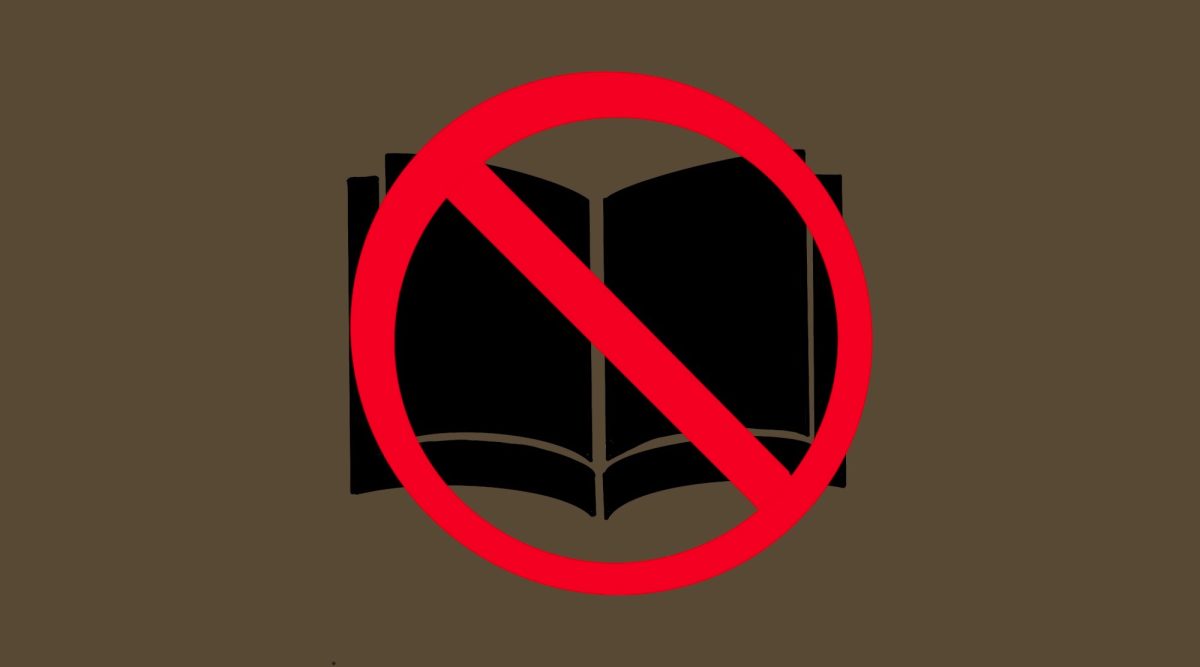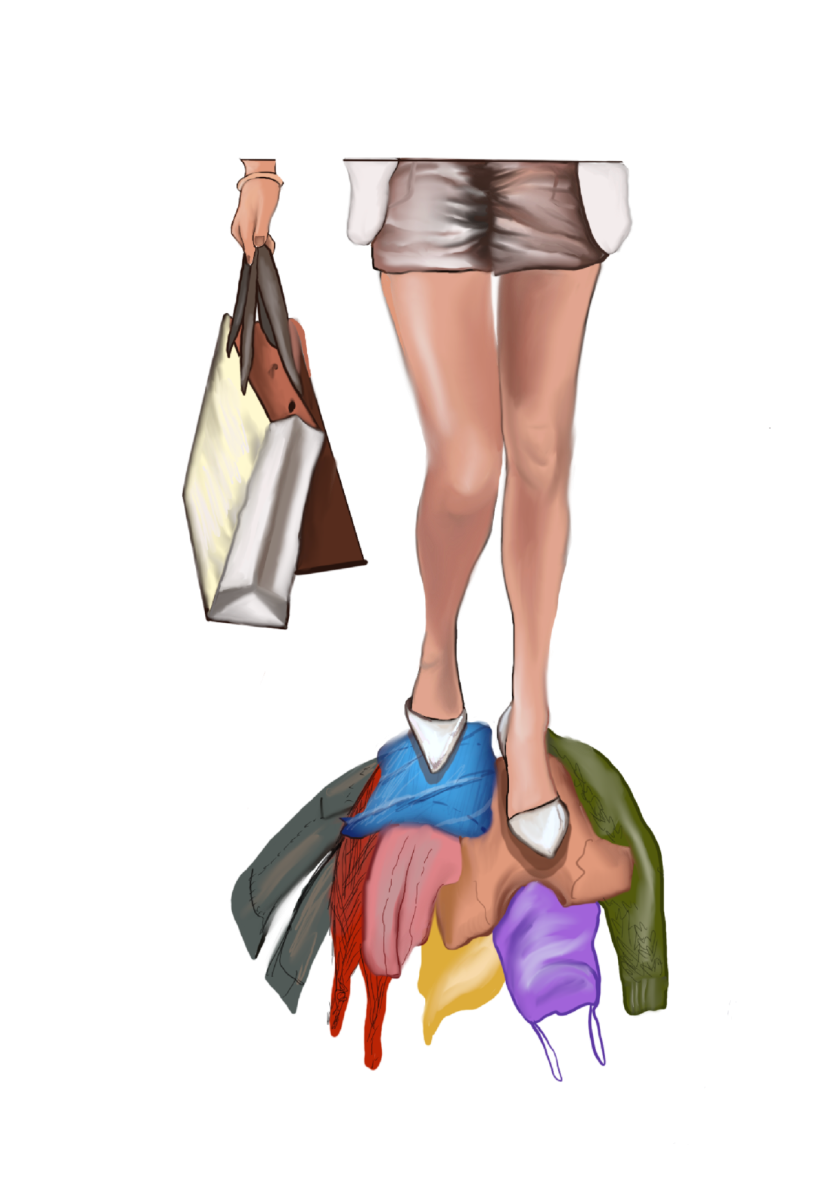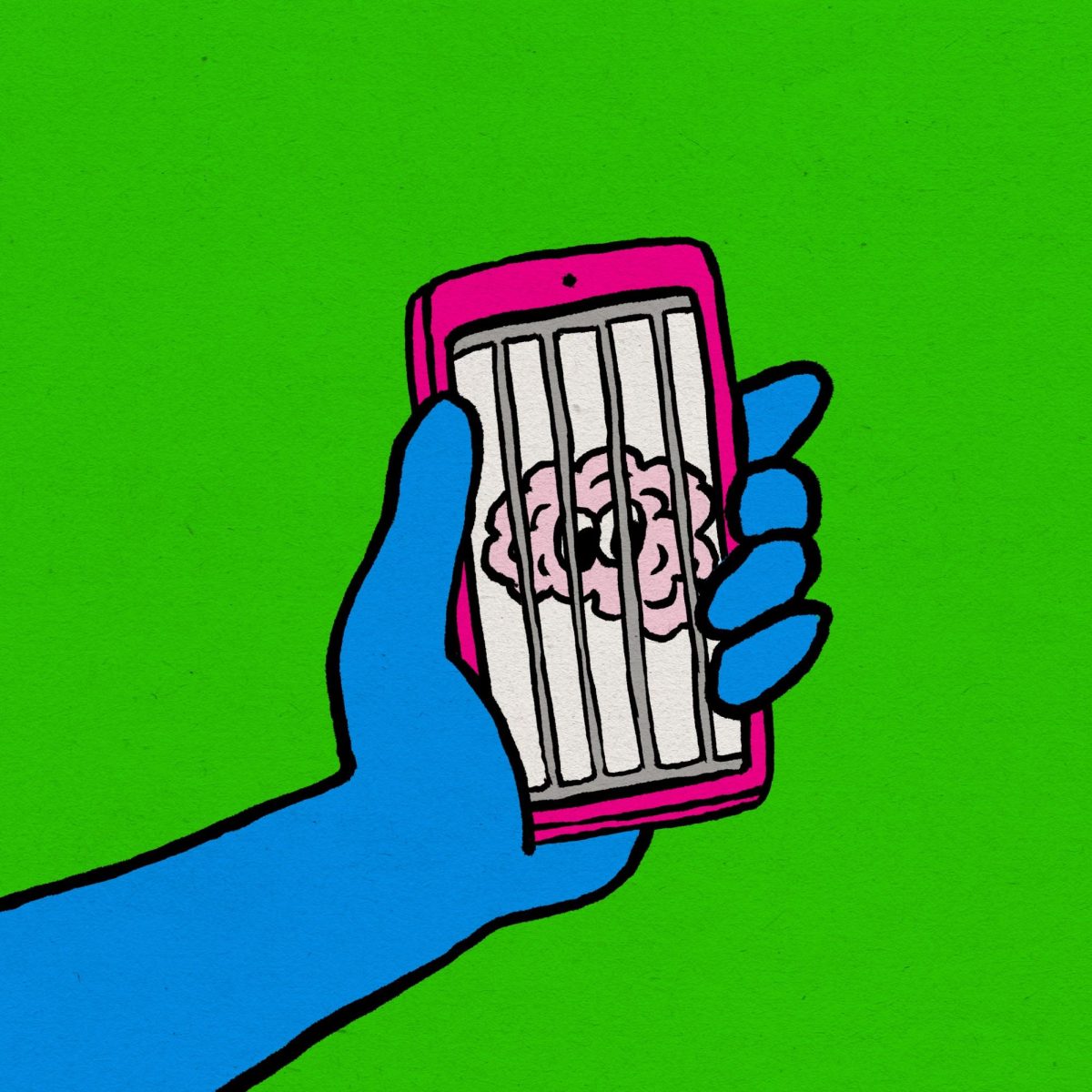Whether a part of assigned reading in high school or happened upon by avid readers, J.D. Salinger’s “The Catcher in the Rye” is a well-known and highly regarded classic. First published in 1952, it is Salinger’s most prolific work, following the angsty, disillusioned and wild youth of Holden Caulfield. The narration of Caulfield’s internal monologue makes the book bold and crass. What we, as modern readers, may assuredly find shocking, contemporary readers found as illicit and profane — resulting in the book’s infamous bans across the country and later legal challenges for Salinger. Having recently re-read this classic, I found myself reminded of its literary marvel and weaknesses. Though highly captivating, I found the book unsatisfactory at times, with vulgarity substituted for meaningful shock or suspense and dragging plot points.
Immediately, it must be clarified that Caulfield is a textbook example of an unreliable narrator. It is implied Caulfield is in a sanatorium as he narrates the story — fittingly, he doesn’t tell us specifically where or if there is an underlying reason as to why. The story begins following Caulfield’s recent expulsion from Pencey Prep, a boarding high school. As he receives a notice of his expulsion, effective on Wednesday, he takes a train to New York City, where we are met with his robust and imaginative narration of events.
I feel Caulfield’s meandering in New York City is where the book drags the most; through an unfettered stream-of-consciousness style of narration, I found myself annoyed by its irrelevance to the plot. It does well to express Caulfield’s sexual angst, but is extensive in its length. After returning to the city, the novel delves into his sexual fascination, disgust and envy, as expressed by his thoughts. Beginning at the Edmont Hotel, he voyeurs through a window to watch a man crossdress and a couple engage in games meant to arouse one another.
“The trouble is, that sort of junk is fascinating to watch, even if you don’t want it to be,” Caulfield remarks. “I can even see how it might be a lot of fun, in a crumby way.”
Willingly admitting to the reader he finds a sense of arousal in the exoticism, I always found myself confused and intrigued with this part of the novel. Is Caulfield intrigued by the juvenile and perverse act of voyeurism? Or the mature act of sex? Throughout the novel, it is demonstrated Caulfield is immature, self-centered and somewhat sexual, but this to me seemed to be just another iteration of the angst already — quite aptly — described from his previous actions in Pencey. In any literature focused on youth, sexuality is an important and developmental topic to be explored. Salinger’s constant use of sexuality to express immaturity though, seems repetitive to me. This topic is further continued in Caulfield’s visit to the hotel lounge and a bar, his invitation of a prostitute to the room, his drinking with Carl Luce and his experience with Mr. Antolini later in the book. Needless to say, I feel it comes across as over-explored and somewhat of an easy fallback to communicate the idea of youth in rebellion.
I do, however, feel quite a draw to the namesake of the book. When Caulfield has exhausted his resources and wanders through the city in defeat, he eventually sneaks into his own home to speak to his little sister, Phoebe. Though chastising and criticizing Caulfield, Phoebe provides a listening ear to someone who needs it badly. Misquoting the Robert Burns poem “Comin Thro’ the Rye,” Caulfield imagines catching young children before they run off a cliff face. Though short and enigmatic, I’ve always loved this part of the book. It is our only great tease of redemption of Caulfield’s erroneous and brute character and implies a deeper, humane inclination through guardianship. I interpret this as teenagers rushing blindly through their youth, being “caught” by a sympathetic person before some misfortune can occur. Perhaps this thought is spurred by Caulfield’s absent relationship with his parents or the missing relationship with his deceased younger brother, Allie. Is this a warning of rebellious youth? Or a treatise on how our failures as parents, friends, siblings and society lead to rebellious youth who simply want to be understood?
Though ultimately a classic, I cannot say I readily enjoyed “The Catcher in the Rye.” The plot is unspecific and, as highlighted in the above paragraph, I feel we are left with too much doubt about the source of Caulfield’s rebellion and meaningful conclusions in the novel. As the book ends with Caulfield seemingly unchanged, now either in treatment or institutionalized, it throws into doubt the power of Caulfield’s emotions from Burns’ allegory and the reveal of his fascination with sex. Although a good read at parts, its message can be elusive at times, as Caulfield’s thoughts blur together with earlier ones.
“The Catcher in the Rye” is a critical book, though critical of what, I could not say. I think it is worth both the read and analysis, but I don’t see myself returning to it any time soon.
Rating: 3/5









